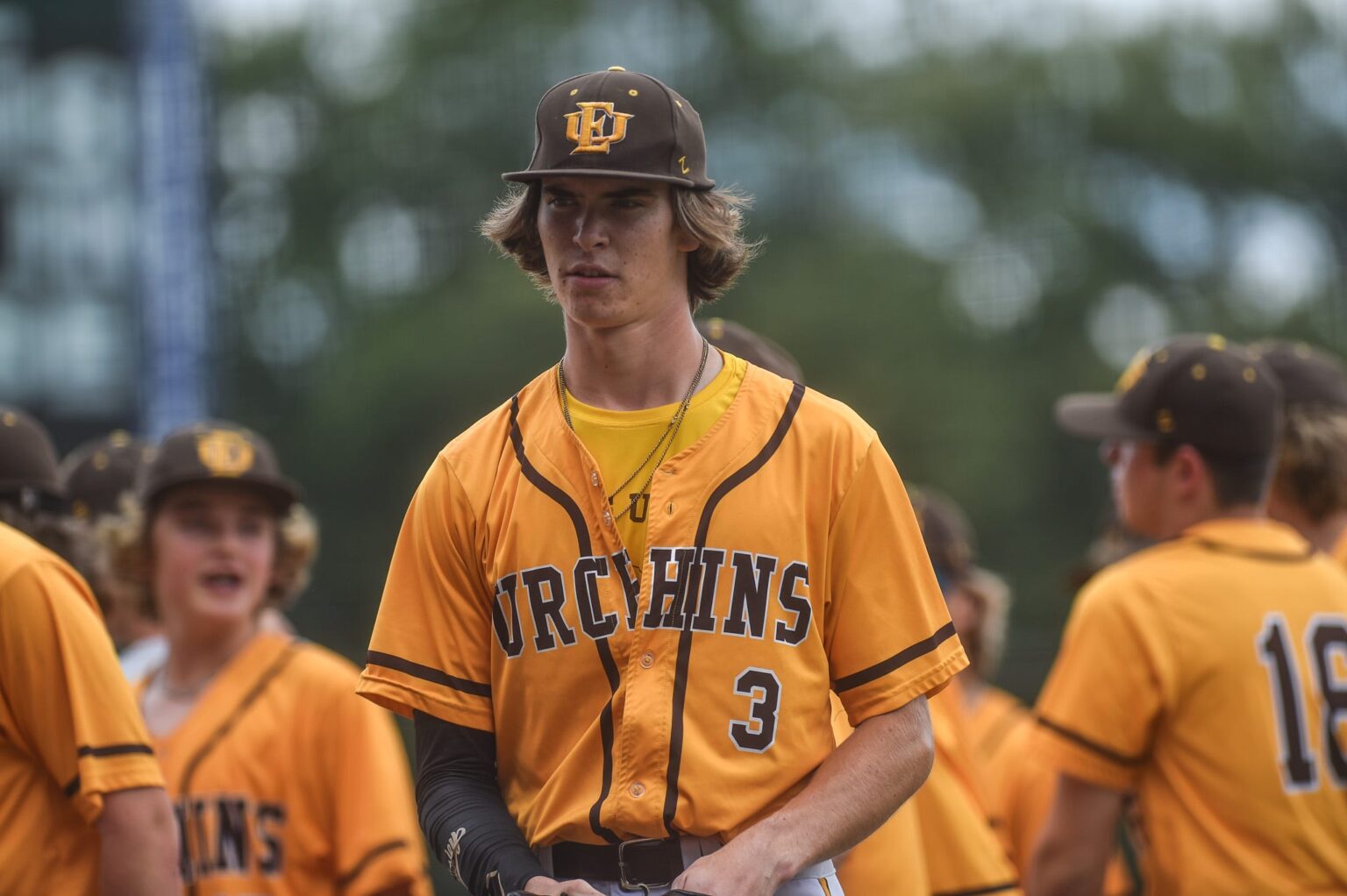Analyzing the Washington Nationals’ 2023 Draft Strategy and Key Selections
The success of the Washington Nationals’ recent draft hinges significantly on the development and performance of their top pick, Eli Willits. Selected as the franchise’s first choice, the 17-year-old high school shortstop from Oklahoma represents a pivotal investment for the team. His future impact will serve as a benchmark for evaluating this draft class.
The Broader Context of the Draft Selections
However, Willits’ selection is just one piece of a larger strategic puzzle. According to insiders familiar with negotiations, the Nationals negotiated a signing bonus for Willits that was below the typical value expected for a No. 1 overall pick. This calculated move freed up financial flexibility, enabling the team to pursue high-upside prospects in the remaining rounds. As a result, the Nationals capitalized on their remaining 19 picks-17 of which were made on Monday-to target players with significant potential.
Draft Leadership and Player Selection Philosophy
Led by scouting director Danny Haas, now in his second year with the organization, and guided by interim general manager Mike DeBartolo-who is overseeing his first draft following the departure of Mike Rizzo-the Nationals focused on a balanced approach. Their selections comprised 11 hitters and nine pitchers, with a notable emphasis on college players, who often present a quicker path to the majors.
Brad Ciolek, the senior director of amateur scouting, expressed enthusiasm about the draft class, emphasizing the prospects’ high upside and well-rounded profiles. “We’re particularly excited about the talent in this class,” Ciolek stated. “Our focus was on players with strong makeup and versatile skills, which we believe will serve them well at the next level.”
Key Picks in the Early Rounds
The draft’s opening day saw the Nationals selecting Willits, followed by Ethan Petry, a power-hitting first baseman/outfielder from South Carolina, and Landon Harmon, a flame-throwing high school right-hander from Mississippi. On the subsequent day, they added Miguel Sime Jr., a right-handed pitcher from New York, and Coy James, a high school shortstop from North Carolina, to their roster.
Haas highlighted the high school prospects’ attributes, noting their impressive arm strength, power potential, and athleticism. “These players possess big arms and significant power, and at the value points we could acquire them, we were very pleased,” Haas explained.
Strategic Focus on High School Talent and Top-100 Prospects
Among the notable selections, Sime and James stood out as they are among the few players in rounds four through ten to be multiple top-100 prospects, according to MLB Pipeline rankings. Sime, ranked 86th, is viewed as a potential power starter with a fastball reaching 100 mph, though his command may require refinement. James, ranked 94th, is recognized for his offensive prowess, with scouts projecting him to hit 20 home runs in the future.
This approach underscores the Nationals’ emphasis on acquiring high-upside high school players, especially those who might fall in the draft due to their negotiating leverage. Harmon, a 6-foot-5 right-hander with a fastball touching 99 mph, was selected in the third round and is expected to sign rather than attend Mississippi State, based on his statements.
Additional College and High School Selections
The draft continued with a mix of college and high school players, including Wright State catcher Boston Smith, Arizona right-hander Julian Tonghini, Mississippi right-hander Riley Maddox, and Texas A&M third baseman Wyatt Henseler. Notably, Smith hit 26 home runs, tying for the most in NCAA Division I.
Further selections included outfielder Jack Moroknek from Butler, left-hander Ben Moore from Old Dominion, and right-hander Tucker Biven from Louisville. The team also picked catcher Nick Hollifield from Alabama Birmingham, Oregon first baseman Jacob Walsh, Vanderbilt left-hander Levi Huesman, Penn State third baseman Bryce Molinaro, and several others, rounding out their 20-round draft.
A Shift in Drafting Philosophy
This marks the fifth consecutive year that Washington has chosen a hitter in the first round, a notable shift from their previous strategy during the 2010s. The new leadership’s influence is evident, with Haas noting that DeBartolo was actively engaged in evaluating the class, especially the top-tier prospects.
Additional Noteworthy Selections and Local Talent
In the fourth round, the Los Angeles Dodgers selected infielder Aidan West, a top local high school talent from Long Reach, who earned first-team All-Met honors. Other local standouts include Myles Upchurch from St. Albans, drafted by Cincinnati in the 19th round, and Maryland’s Kyle McCoy, who was picked by Cincinnati in the eighth round.
Final Thoughts on the 2023 Draft Approach
Overall, the Nationals’ draft strategy reflects a calculated balance of high-upside high school talent and college experience, with an eye toward flexibility in signing bonuses. By prioritizing players with significant potential and athleticism, Washington aims to build a pipeline of future stars capable of making an immediate impact and sustaining long-term success. As the development process unfolds, the true measure of this draft’s effectiveness will be seen in the progress of players like Eli Willits and the high school prospects who could soon become key contributors at the major league level.

